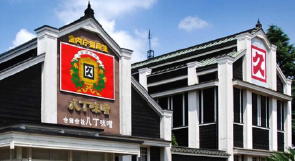Fermentation Travel vol#1 Hatcho Miso
The allure of soybean miso
Shizuoka prefecture is located close to Aichi prefecture, which is known for its many fermentation breweries producing products such as soybean miso (Hatcho Miso), Tamari Soy Sauce, and Mirin. Soybean miso has a long history in Japan, with records of it being offered to the imperial court as early as 730 AD. Hatcho Miso is a type of soybean miso that originated in Hatcho-cho, Aichi Prefecture, where it was traditionally produced by two breweries. The region’s abundant pure water and ideal climate make it well-suited for miso production. Hatcho Village was also an important hub for transportation and business during the Edo period. Hatcho Miso is known for its deep and unique flavor, which comes from being slowly matured in the natural climate of Hatcho Village. However, under the GI protection system, the two original breweries are excluded from using the Hatcho Miso brand name.The Ministry of Agriculture, Forestry and Fisheries implemented the Geographical Indication (GI) system to protect specialty products that include place names of production areas in their names. The Aichi Prefecture Miso and Soy Sauce Industry Cooperative, consisting of 39 companies, was registered as a producer group of Hatcho Miso under GI, but two originating companies were excluded. One of them, Maruya Hatcho Miso filed a lawsuit in protest but lost in court. Miso is classified into four types based on the raw materials used and can also be classified by color and taste.
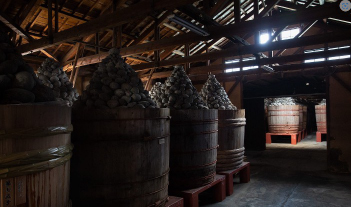
Tokugawa Ieyasu, a warrior who lived during the warring states period of Japan, attributed his longevity and health to his daily diet of barley rice and soybean miso. He believed that a healthy and long life was the source of survival. Soybean miso soup made from 100% soybeans contains a high amount of arginine, an amino acid that is known to have a strengthening effect. Ieyasu had 16 children throughout his life, the last of which was born when he was 66 years old. His attention to his diet allowed him to rule over the country and establish the foundation of the Tokugawa Shogunate for more than 260 years.
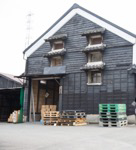
| Name | Ingredient |
| Rice Miso | Rice Koji+Soy beans+Salt |
| Barely Miso | Barely Koji+Soy beans+Salt |
| Soy bean Miso | Soy bean Koji+Salt |
| Blended Miso | Rice Miso、Barely Miso、and Soy bean Miso blended. Or it can be made from mixed rice koji, barely koji and soy bean koji. Single use of Rice Miso、Barely Miso、and Soy bean Miso is excluded. |
Origin: Aichi, Gifu, and Mie Prefectures
Classification: Bean miso
Ingredients: Bean koji, soybeans
Color: Dark reddish-brown
aste: A rich and slightly acidic flavor with a unique blend of astringency and bitterness. It has a strong flavor due to the long aging process, leading to the misconception that it is salty, but it actually has a moderate salt content.
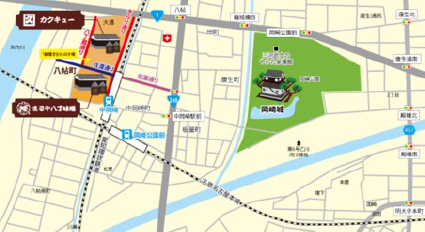
The Ministry of Health, Labour and Welfare in Japan released the “2016 Cancer Patient Numbers” which revealed the prefectures with low cancer rates for women. According to Dr. Tomohiro Matsuda, there are five scientifically proven healthy habits that reduce the risk of cancer, which include not smoking, moderate drinking, healthy eating, physical activity, and maintaining a proper weight. In addition, certain dietary and lifestyle habits were found to be hidden in regions with low cancer rates for women. The top 10 prefectures with low cancer rates for women were also listed.
The top 10 prefectures with fewer female cancer patients (number of cancer patients per 100,000 population) are as follows:
[1st place] Aichi Prefecture: 321.9 people
[2nd place] Yamaguchi Prefecture: 327.2 people
[3rd place] Gunma Prefecture: 328.3 people
[4th place] Yamagata Prefecture: 330.9 people
[5th place] Okayama Prefecture: 331.2 people
[6th place] Nagano Prefecture: 331.4 people
[7th place] Okinawa Prefecture: 332.7 people
[8th place] Tochigi Prefecture: 333.8 people
[9th place] Shizuoka Prefecture: 335.0 people
[10th place] Shimane Prefecture: 336.8 people
*Source: “Cancer Registration 2016 Quick Report” by the Ministry of Health, Labour and Welfare.
What are some health benefits of soybean miso and other fermented foods, and why is Aichi Prefecture known for them
Aichi Prefecture is known for its variety of fermented foods, such as soybean miso, vinegar, mirin, and soy sauce. Soybean miso is made by fermenting steamed soybeans with koji and is rich in soy isoflavones, which have effects similar to female hormones and may help prevent breast cancer. Additionally, soybean miso has antioxidant properties and helps eliminate active oxygen, which can cause cancer by damaging cells and genes. Aichi Prefecture has a lower incidence of cancer, obesity, and diabetes than the national average, which is attributed to lower smoking and drinking rates, relatively less obesity, and a higher rate of sports participation.
Soybean miso’s efficacy and deliciousness have also attracted attention overseas. Its high nutritional value was praised by a consumer group from the United States in 1968. In 1971, Hatcho Miso was introduced in the Wall Street Journal, and its suitability as a food was confirmed by a local investigation led by the head of the microbiology department at the University of California. As a result of these developments, exports increased, and Kakukyu received a commendation from the Janus Natural Foods Company in Seattle in 1975.

In addition to its use in cooking, soybean miso can also be used in sweets. Oregan Manami, a fermentation meister and professional, proposes expanding the use of miso into Western cuisine at her Atelier de Koji. By using soybean miso instead of meat juices, gravy can be made with amino acids that provide a rich umami flavor.
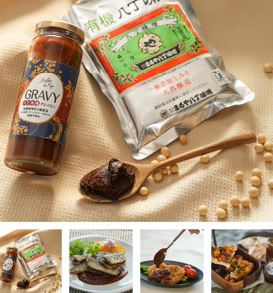
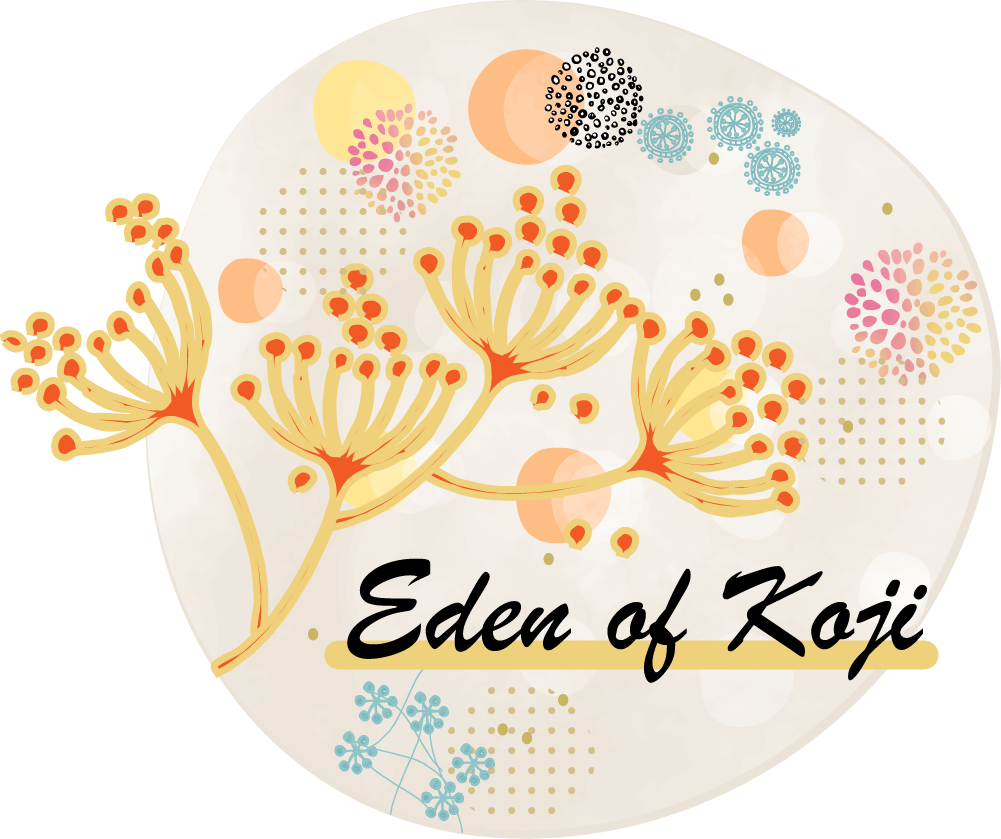 Eden of KOJI
Eden of KOJI 